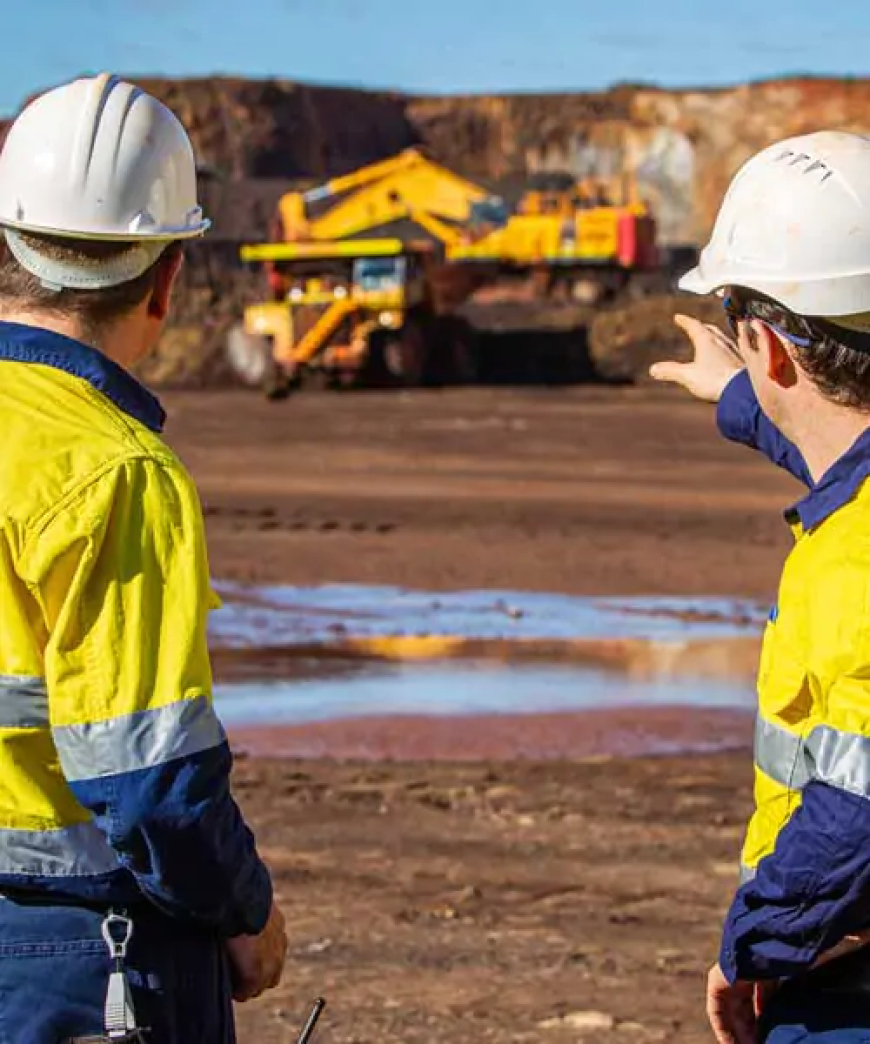Exploring the Dynamics of Construction Jobs in Australia

Australia's construction industry stands as a cornerstone of its economy, driving growth, innovation, and employment opportunities across the nation. With its diverse landscapes, urban development, and infrastructure projects, the construction sector offers a multitude of job opportunities for both skilled and unskilled workers. In this article, we delve into the dynamics of construction jobs in Australia, exploring the current landscape, trends, and future prospects.
Diverse Opportunities: Construction jobs in Australia span a wide spectrum of roles, catering to various skill sets and qualifications. From architects and engineers to carpenters, plumbers, electricians, and laborers, the industry offers opportunities for individuals with diverse backgrounds and expertise. Whether it's residential, commercial, or civil construction projects, there's a demand for skilled professionals at every stage of the building process.
Urban Development: Australia's growing population, coupled with urbanization trends, fuels the demand for construction jobs, particularly in major cities like Sydney, Melbourne, Brisbane, and Perth. Urban development projects, including high-rise buildings, residential complexes, and infrastructure upgrades, contribute significantly to job creation within the construction sector. Moreover, initiatives such as urban renewal projects and sustainable building practices further drive employment opportunities in the industry.
Infrastructure Projects: Infrastructure development plays a pivotal role in Australia's economic growth and connectivity. Major projects such as road construction, bridges, railways, airports, and ports require a skilled workforce to plan, design, and execute these ventures. The Australian government's commitment to investing in infrastructure projects as part of its economic stimulus packages creates a steady flow of construction jobs across the country.
Skilled Migration: Australia's construction industry often relies on skilled migration to fill gaps in the labor market. Skilled workers from overseas contribute to the workforce, bringing in expertise and experience to meet the demands of large-scale projects. The skilled migration program, coupled with temporary work visas such as the Subclass 482 (Temporary Skill Shortage visa), facilitates the entry of foreign workers into the construction sector, addressing skill shortages and bolstering the workforce.
Focus on Safety and Compliance: Safety standards and regulatory compliance are paramount in Australia's construction industry. With a strong emphasis on workplace health and safety, construction companies prioritize the well-being of their employees, implementing rigorous safety protocols and training programs. Occupational Health and Safety (OHS) regulations, along with industry-specific codes of practice, ensure that construction sites adhere to stringent safety standards, reducing the risk of accidents and injuries.
Technology and Innovation: The construction sector in Australia is embracing technological advancements and innovation to enhance productivity and efficiency. Building Information Modeling (BIM), robotics, drones, and augmented reality are revolutionizing the way projects are planned, designed, and executed. Digital tools and software streamline processes, improve collaboration among stakeholders, and optimize resource utilization, driving greater efficiency in construction operations.
Future Prospects: Looking ahead, the future of construction jobs in Australia appears promising, fueled by ongoing urbanization, infrastructure development, and technological innovation. As the nation continues to invest in sustainable building practices, renewable energy infrastructure, and smart cities initiatives, the demand for skilled construction professionals is expected to remain robust. Moreover, initiatives aimed at upskilling the workforce and promoting diversity within the industry will further bolster its resilience and competitiveness in the global market.
Conclusion: Construction jobs in Australia represent a dynamic and diverse sector, offering a multitude of opportunities for individuals seeking rewarding careers in building and construction. From urban development projects to infrastructure ventures, the industry plays a vital role in shaping the nation's built environment and driving economic growth. With a focus on safety, innovation, and sustainability, the construction sector in Australia is well-positioned for continued growth and prosperity in the years to come.







